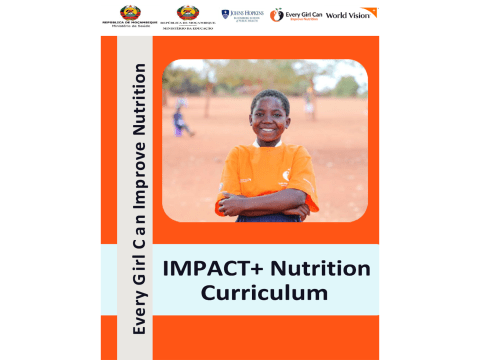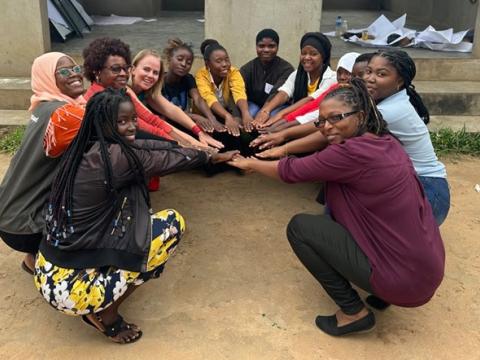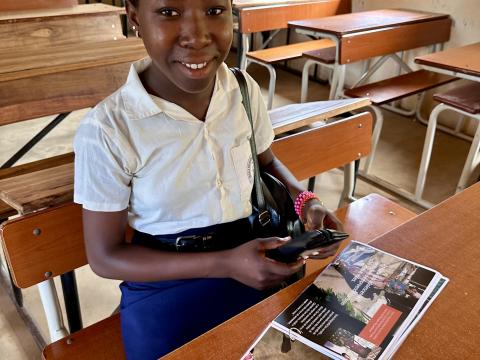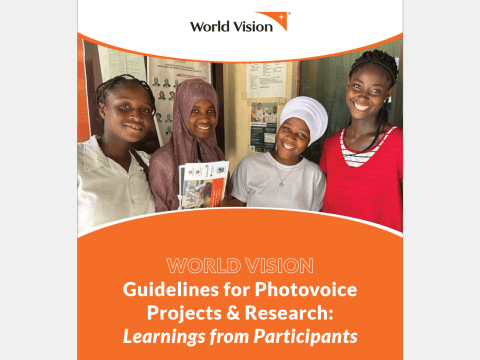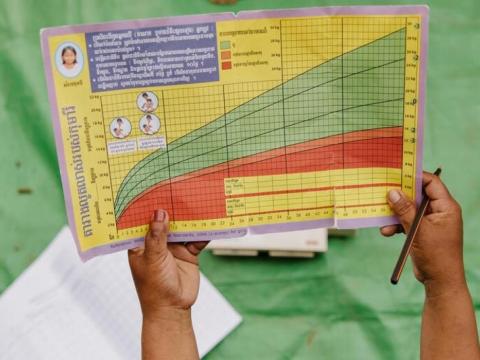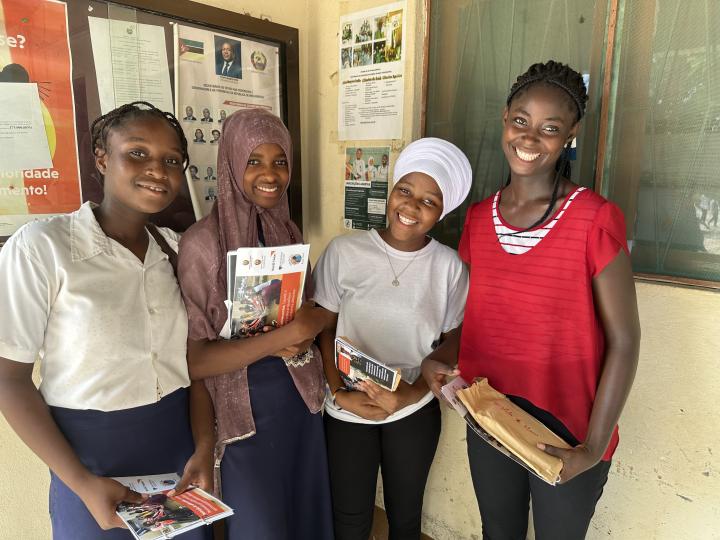
Formative research to decrease adolescent anaemia in Mozambique
AN Innovative Approach to DecreasE Adolescent Anaemia in Mozambique (Oct 2021 – Sept 2024)
In collaboration with the Ministry of Health (MoH), World Vision will compare the effectiveness, acceptability, and feasibility of Multiple Micronutrient Supplementation (MMS) among adolescent girls. The purpose of this implementation research is to inform future MoH decision-making and policies around best practices to prevent adolescent anaemia and scale these evidence-based approaches.
Funding: Every Girl Can project, funded by Global Affairs Canada and implemented by World Vision Canada
Learn more about World Vision's projects that utilise Photovoice as a formative research methodology.
